Score: 2/10 (Terrible)
Pros Completely waterproof, cheap. | Cons Atrocious design, underwhelming display, slow processing speeds, weak camera, disappointing call quality, short battery life, Android 4.1 Jelly Bean, Kyocera's UI is intrusive, loads of pre-installed applications. |
Devices such as the Samsung Galaxy S4, HTC One, and the iPhone 5S are currently some of the biggest and baddest smartphones on the market. However, if you are on a bit of a budget for your next handset, or if you are getting your first ever smartphone, you may not need all of the latest and greatest specifications. That's where devices like the Kyocera Hydro Elite come into play. The Hydro Elite is only selling for $49.99 with a new two-year contract, so it certainly is on the affordable side. With that said, the Hydro Elite fails to live up to even that low of a price point. With poor hardware and software specs alike, the handset just ends up being a bad smartphone. To find out just why you should do your best to avoid this train wreck of a phone, keep reading our full review!
Design/Build Quality
As always, let's start with the design. Right off the bat, it doesn't take a smartphone genius to see that this is a very poorly designed device. The back of the phone has a two-tone color scheme. Two-thirds of the back has an uncomfortable, textured plastic that just feels weird when holding the device in the hand. The top one-third of the backside uses a glossy plastic that looks incredibly cheap. The phone is also quite chunky, with a weight of 128 grams and a thickness of 11 millimeters. And as if that wasn't enough, the phone is absolutely covered in branding. Starting out on the front of the phone, a Verizon logo lies at the very top of the device, and a Kyocera logo rests at the bottom. Moving onto the back you will find another Verizon logo, 4G LTE logo, and a second Kyocera logo. Add those together, and you're looking a total of 5 individual logos on this device. So, unless you're a fan of cheap plastic, thick and heavy phones, and being a walking advertisement for Verizon and Kyocera, you most likely will not like the design here on the Hydro Elite.
One highlight of the Hydro Elite is the fact that it is waterproof. The Hydro Elite has IPX5 and IPX7 certifications, which means that it can be fully submerged in up to 1 meter (or 3 feet) of water for up to 30 minutes. This is an especially nice feature to have on a phone if you frequently take your handset to the beach, poolside, or near the shower. I tested out these certifications as much as I could, and I can say truthfully say that this device is indeed waterproof. I do want to note though that you cannot use the phone while it is submerged in water.
Hardware
The Kyocera Hydro Elite features a 4.3-inch 1280 x 720 HD display that crams in 342 ppi. If you look at the screen head-on, it actually looks alright. However, if you look at the display from any sort of an angle, colors become washed out instantly. The screen doesn't get that bright either, and is quite hard to see in direct sunlight. So, although it might be 720p HD, the Hydro Elite's display left much to be desired.
In terms of processing speeds, the Hydro Elite is packing in a 1.5GHz dual-core Qualcomm Snapdragon S4 Plus processor along with 1.5GB of RAM. Despite having more RAM than we usually see in mid-range smartphones, the Hydro Elite is a very slow machine. We've seen Qualcomm's S4 CPU perform like a beast in other handsets, but the Hydro Elite never felt like it had enough processing power for me. Swiping through the home screens and app drawer is not without a good amount of lag, motion blur ensues when scrolling or swiping through a page on the phone, and gaming was downright bad. Playing Beach Buggy Blitz was not enjoyable at all of this phone. The frame rate was slow, and the animations looked quite poor on the handset.
Unfortunately for the Hydro Elite, the story doesn't get much better when it comes to its camera. The Hydro Elite is equipped with an 8MP rear-facing shooter with LED flash, while there is also a 1.3MP front camera. Neither of the cameras produced any good looking photos. As expected with a 1.3MP camera, pictures taken with it were extremely grainy and included a lot of digital noise. However, I was a bit surprised at how poorly the 8MP rear-shooter performed. We've seen 8MP cameras kick out really good looking pictures on devices in the past, but the main camera on the Hydro Elite was not good at all. Colors are washed out, details are soft, and low-light photos turn out looking plain awful. The camera is also lacking a bit on the software side of things. You have your standard settings for panorama shots, changing your shutter sound, and a selection of 8 different filters, but that's just about it. If you're a big shutter bug, the Hydro Elite isn't the phone for you.
The Hydro Elite also suffers in one of the most important categories for a smartphone: Phone calls. People I talked to on the Hydro Elite said that I sounded quite distorted at times, and that I often sounded muffled as well. On my end of phone calls, people sounded tinny. The audio always felt like it was missing something. This is quite unfortunate, seeing that the bread and butter of a smartphone is the actual action of talking on the phone. Thankfully, data speeds with Verizon Wireless's 4G LTE towers were consistently strong. My download speeds averaged out at around 16Mbps and upload speeds had an average of 10Mbps.
Powering the Kyocera Hydro Elite is a 2,100 mAh removable battery. Kyocera reports that you will be able to get 13 hours of talk time on the Hydro Elite, but I found this to be otherwise in my tests. With heavy texting and Facebook usage, moderate YouTube streaming, and light game playing, I only had 25% battery remaining after 5 hours and 30 minutes of total usage time. That my friends, is pretty far off from the reported 13 hours of usage.
Software
The Kyocera Hydro Elite is running Android 4.1 Jelly Bean, and a future update to 4.2 or 4.3 doesn't look all that promising. This means that you do not have access to Android goodies such as Photo Sphere, Daydream, Lock Screen Widgets, among other things. You do, however, have Kyocera's custom UI layered on top of the Android experience. Unfortunately, this does absolutely nothing to improve the OS. Kyocera's UI feels slow, laggy, and is a pain to use. Even with no applications running in the background, swiping through your home screens and app drawer is never without lag and/or motion blur.
Kyocera tries to add a bit of functionality to the software side of things by adding some quick toggles to certain settings from the notifications bar. These settings include GPS, Bluetooth, Sound, NFC, and Eco Mode. While these work fine, there is an extremely large and obtrusive Wi-Fi toggle placed below these. The Wi-Fi toggle is the same width as the others, but is 5 times as long as each of the toggles above. The worst part is that this stays in your notifications tray even if you aren't using Wi-Fi. I understand that this sounds like a very small complaint, but it proved to get quite annoying over time. Another software issue I had with the Hydro Elite was its bloatware. Out of the box, you have apps pre-installed such as Amazon, Audible, DiXiM Player, Facebook, Games, IMDb, My Verizon Mobile, NFL Mobile, Polaris Office 4.0, Slacker Radio, VZ Navigator, VZ Security, and so much more. As it always goes with Android devices, none of these applications can be uninstalled from the handset.
Final Verdict
As you can tell, I am not a fan of the Kyocera Hydro Elite at all. While I did like the phone's waterproof ability, nothing else worked for me. Between my issues with the design, display, processor, camera, call quality, battery life, and software, I could not find anything redeeming about the phone. If you take your handset around the beach, pool, or anywhere else that it has the chance of getting wet, then I can see why you would be interested in a waterproof device. However, we've seen from Samsung with the Galaxy S4 Active that you can make a waterproof device without skimping out on the other specifications. Sure it may be one of the only waterproof devices available from Verizon, but I cannot find any real reason to justify the purchase of this device. Yes, it's only $49.99 with a new 2-year contact, but so is the HTC Droid DNA (which we also reviewed and gave a score of 9/10). So, at the end of the day, the Kyocera Hydro Elite is a bad smartphone. Yes, it works, but it doesn't work good. This review may have sounded harsh, but I absolutely hated my time with the Kyocera Hydro Elite. Hopefully the next phone we review is better than this train wreck.
Author: Joseph Maring
Author: Joseph Maring
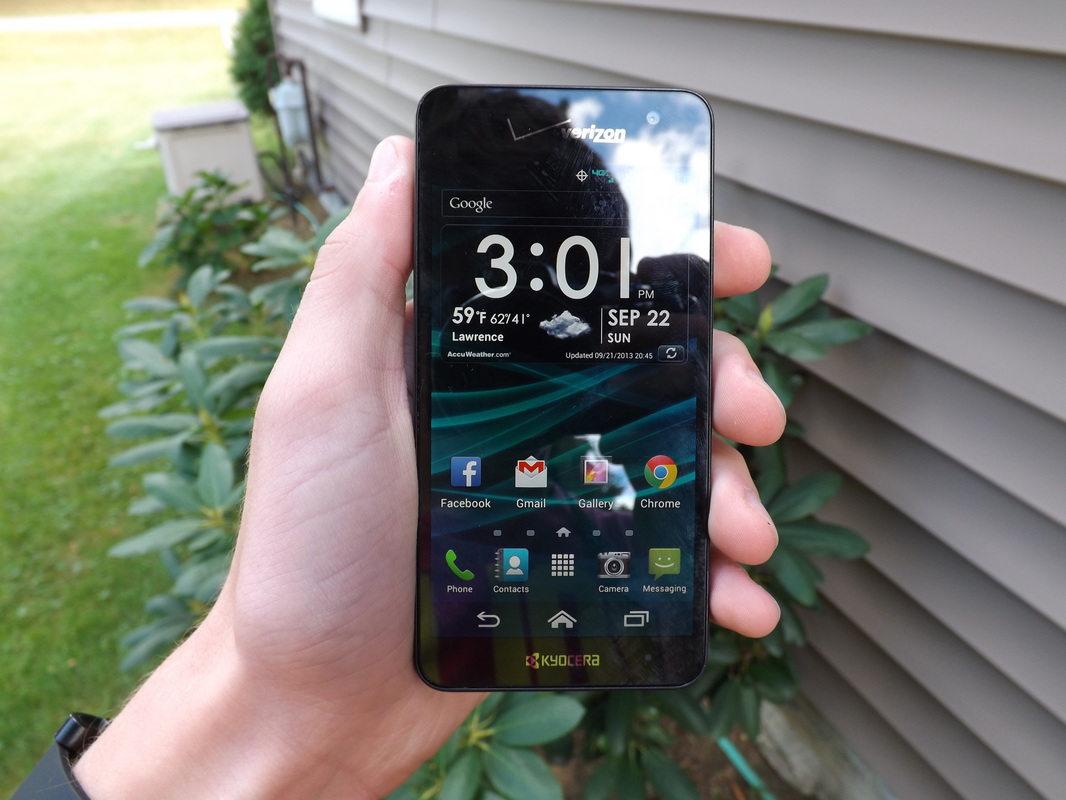
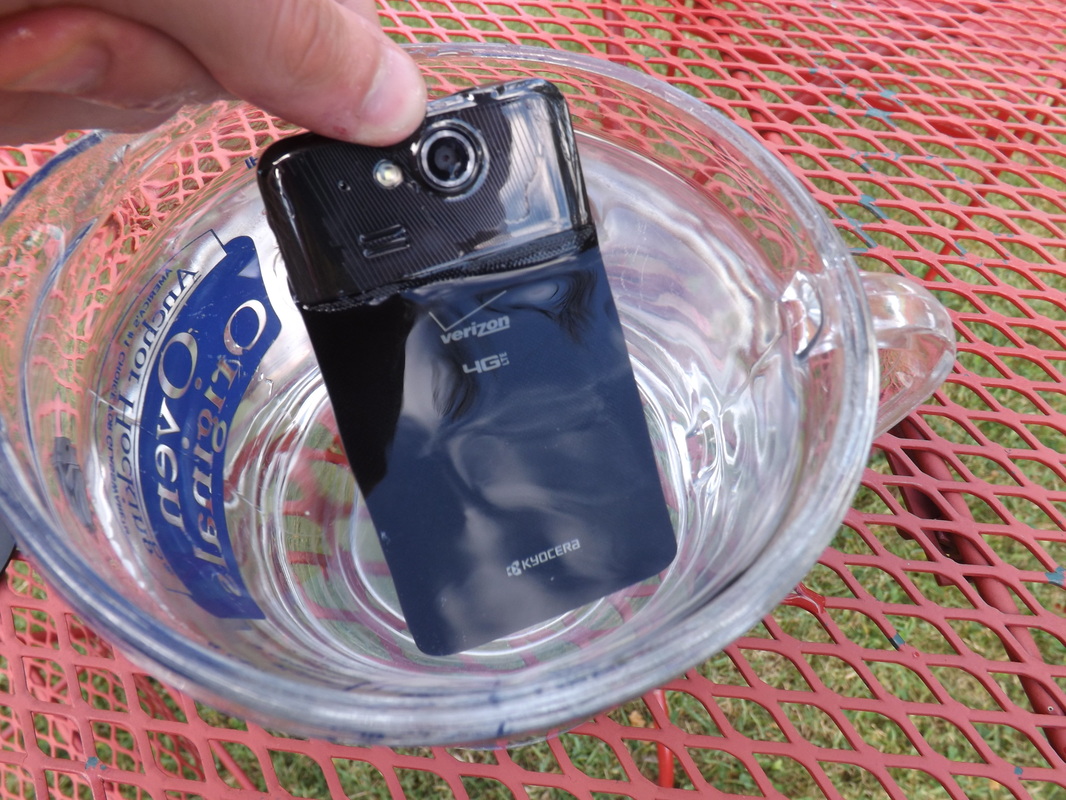
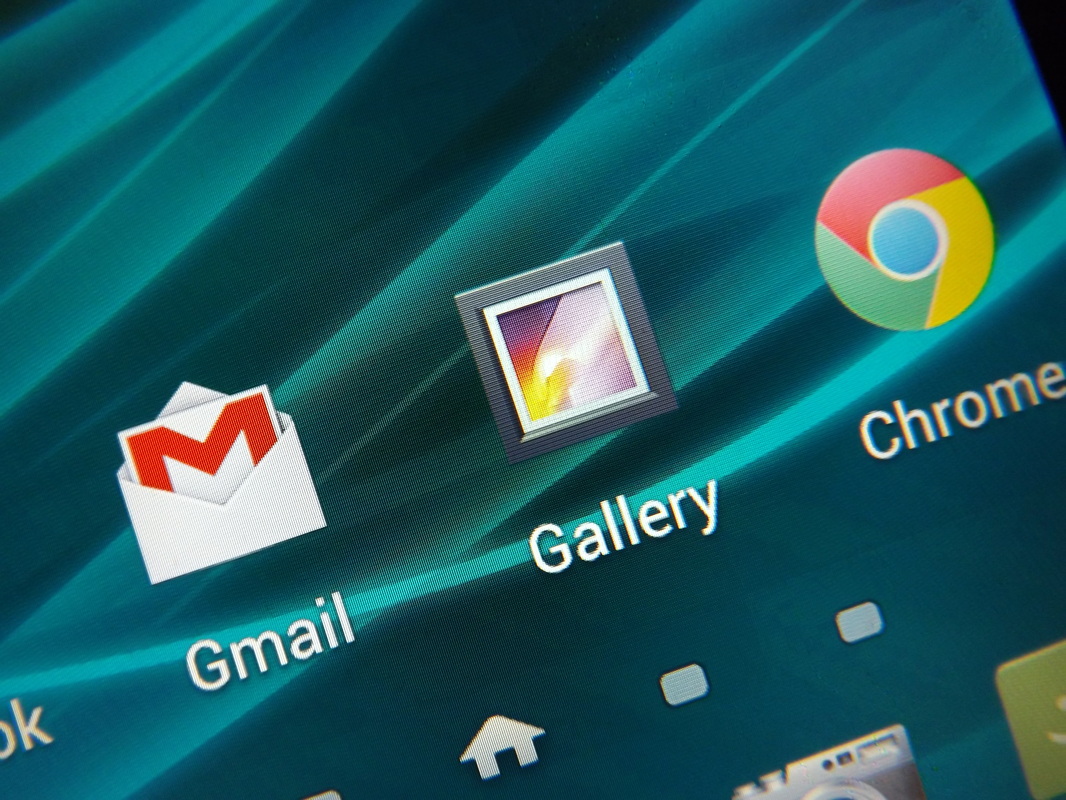
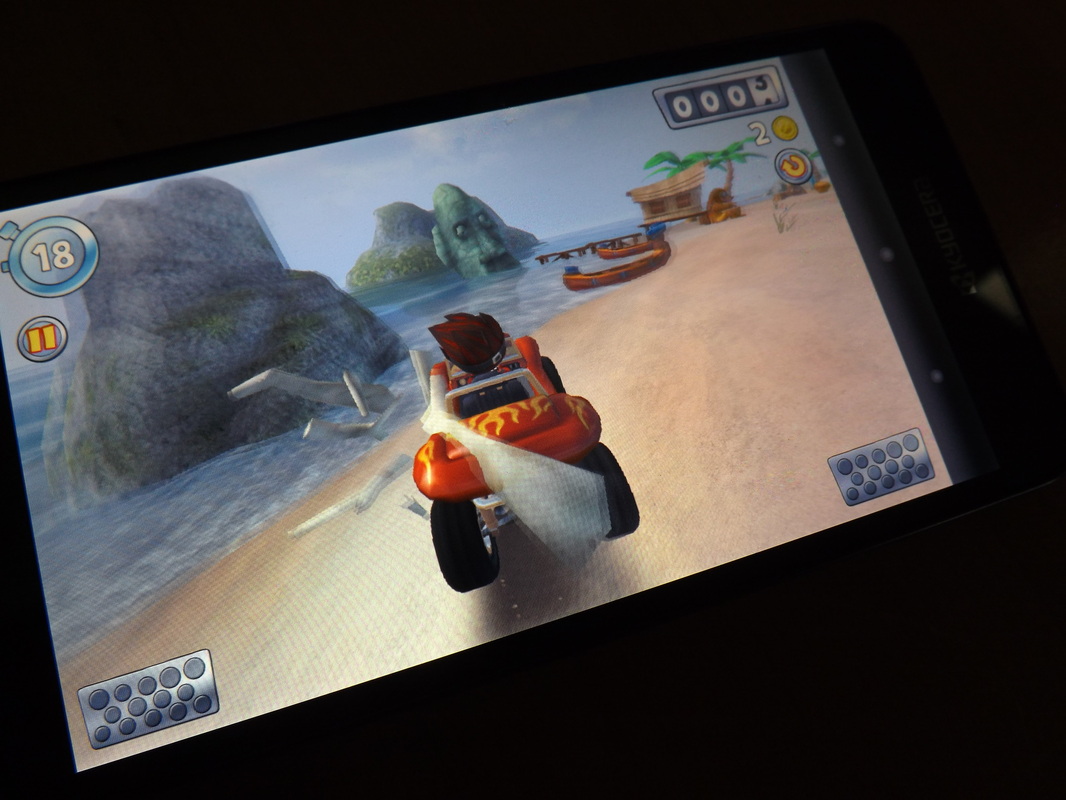
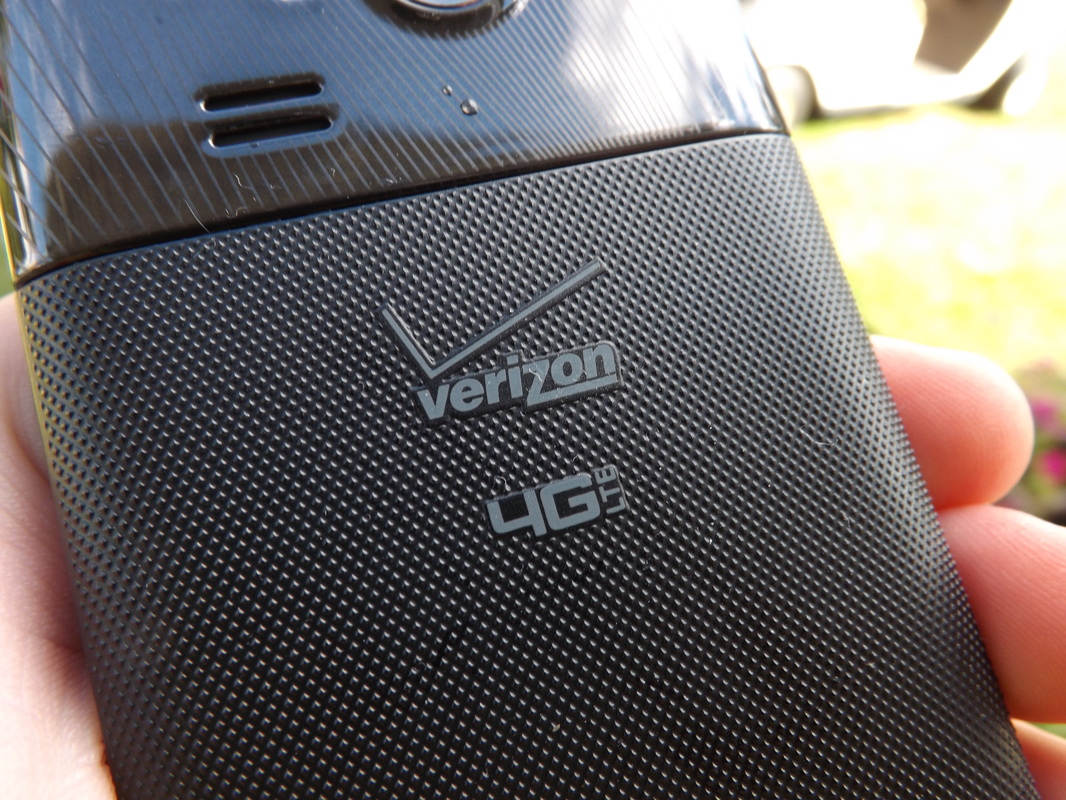
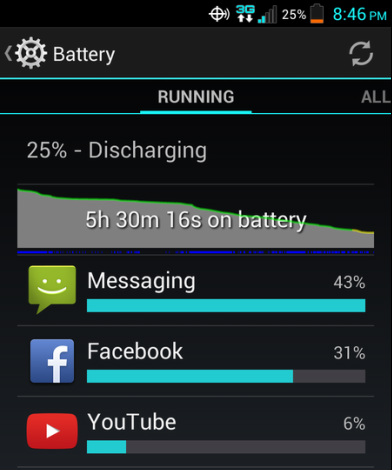
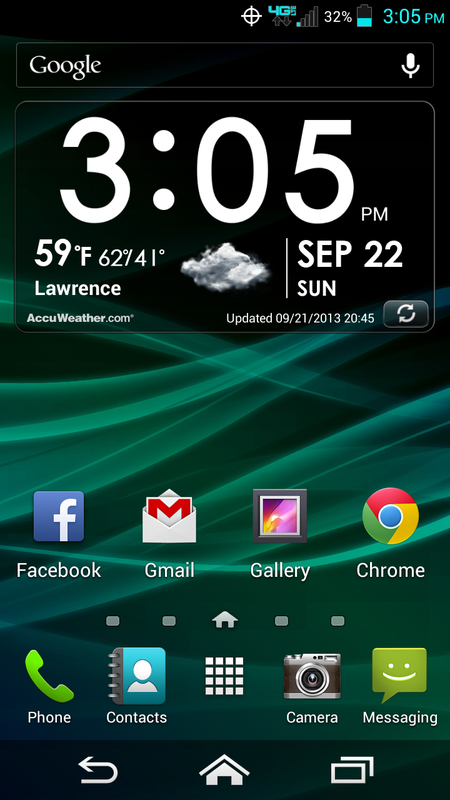
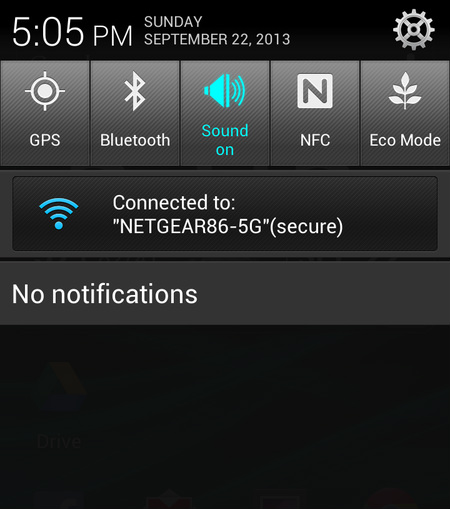
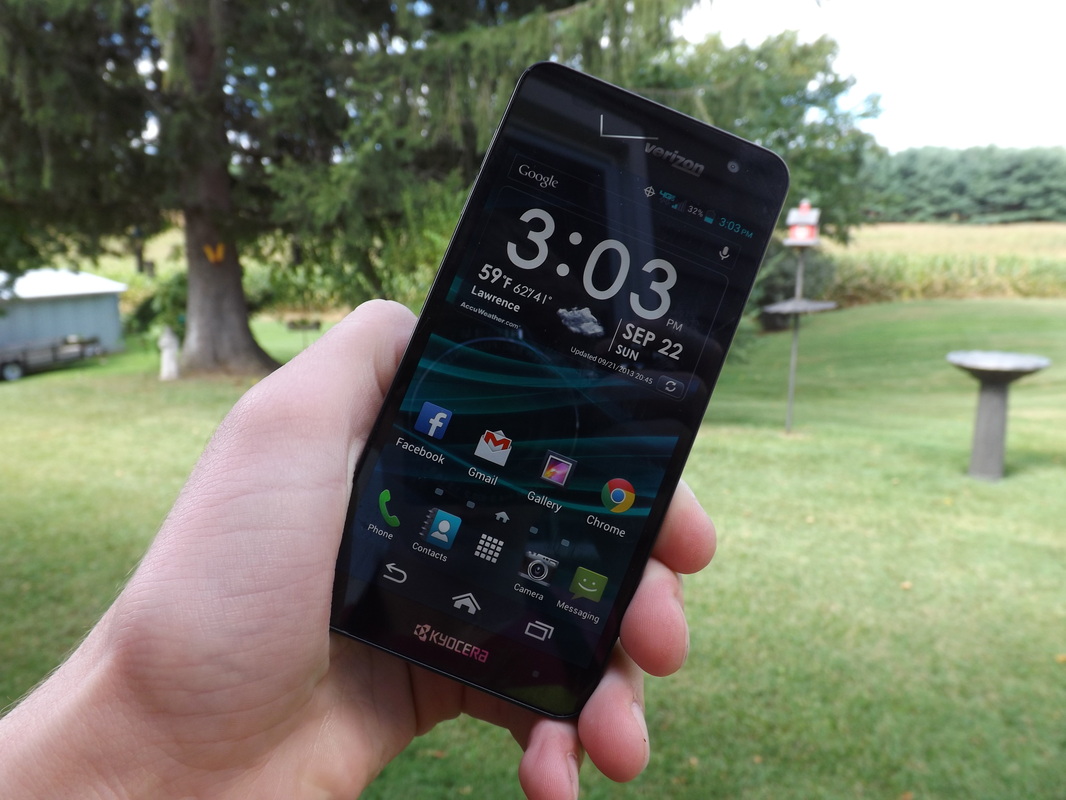
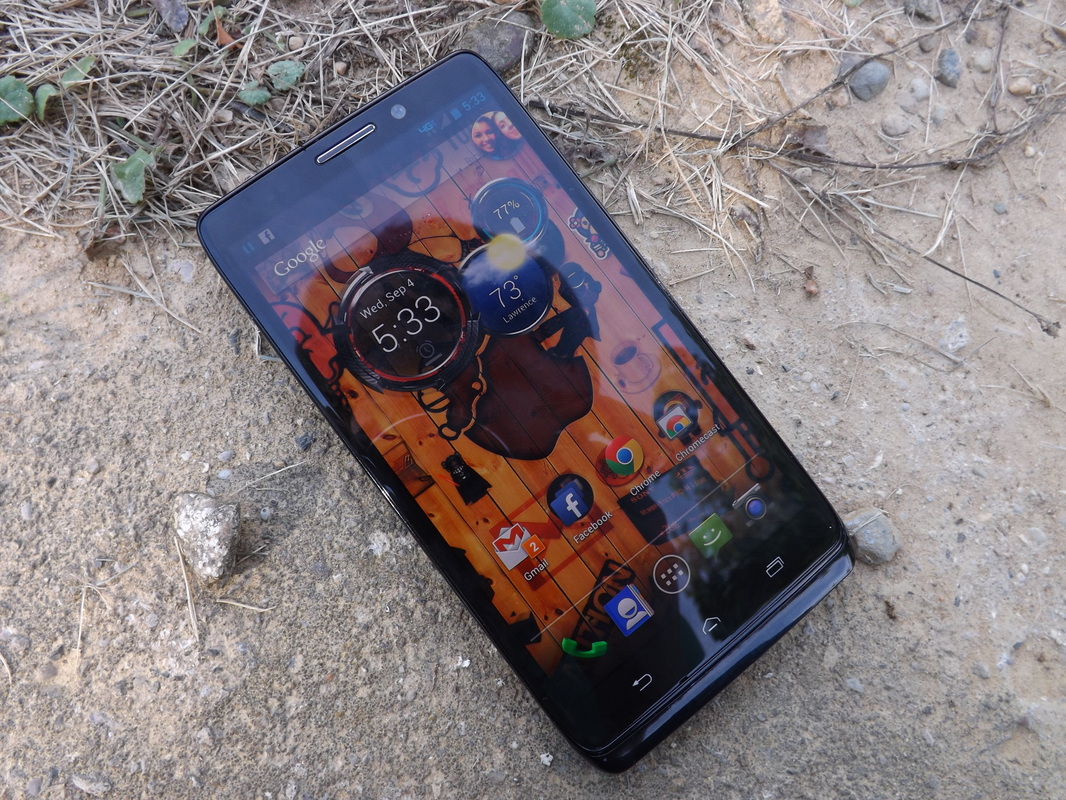
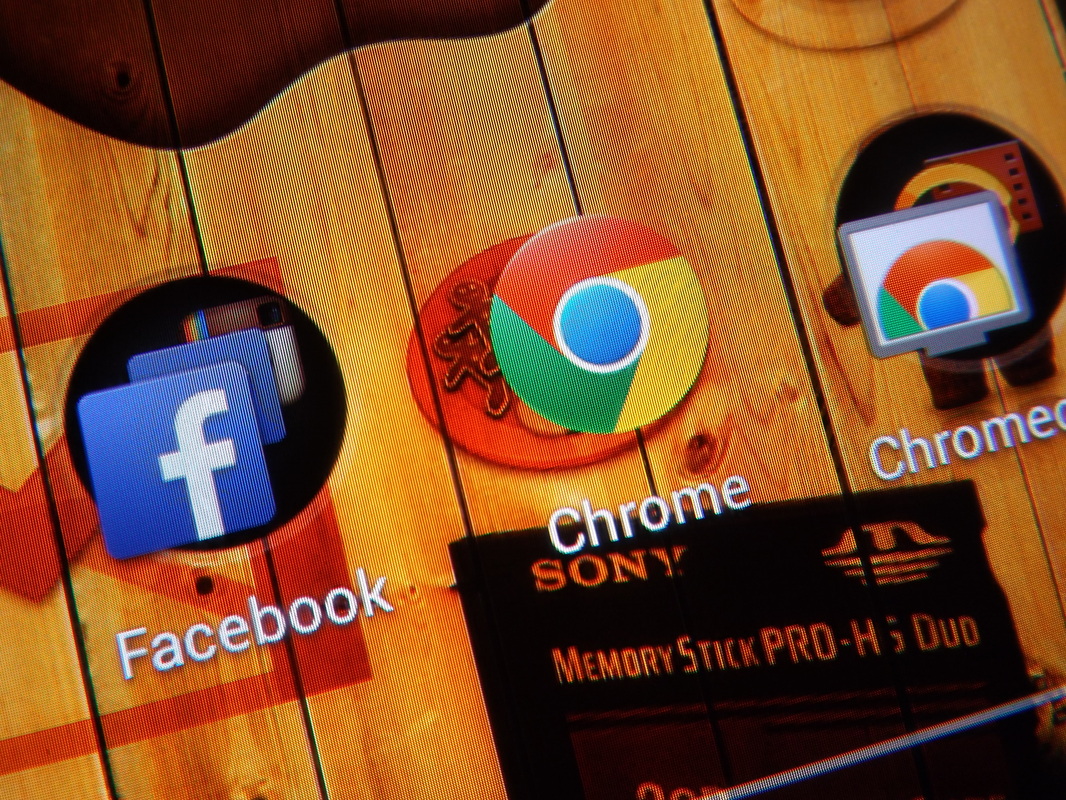

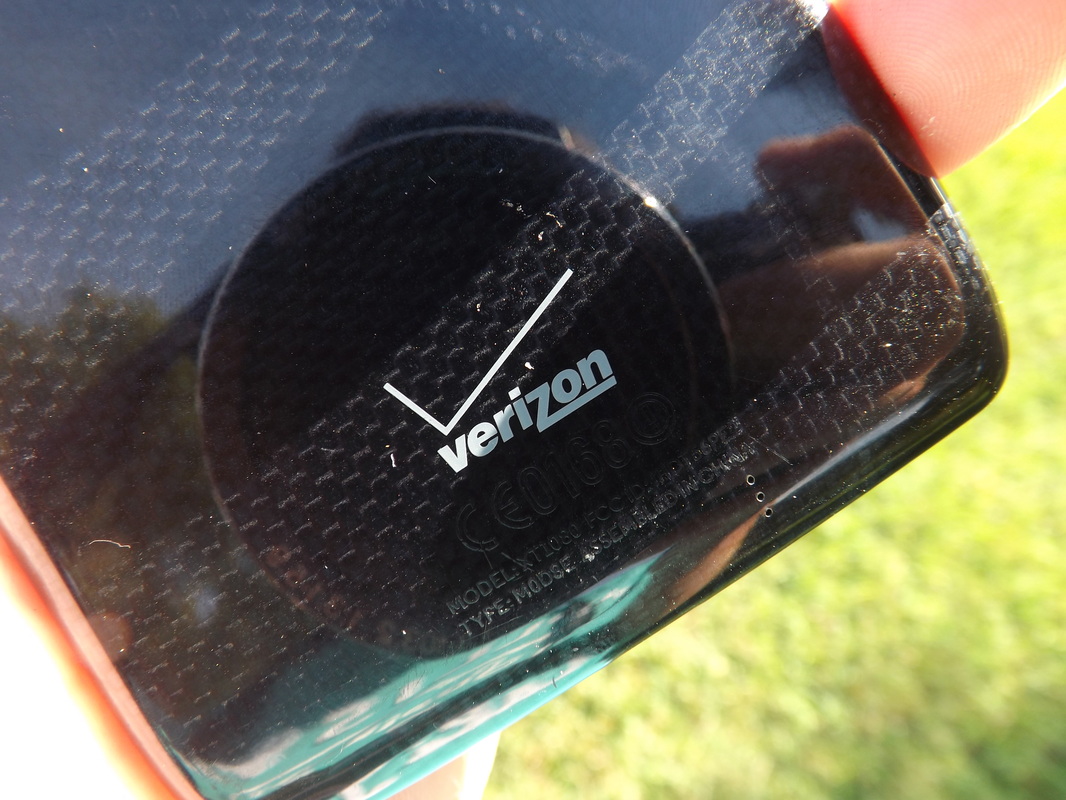
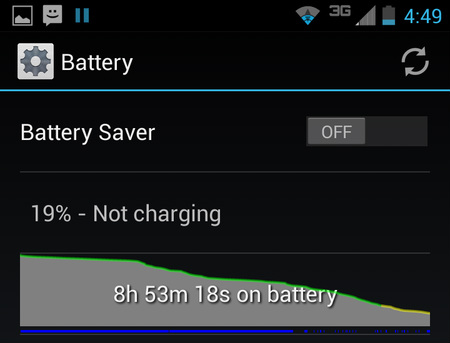
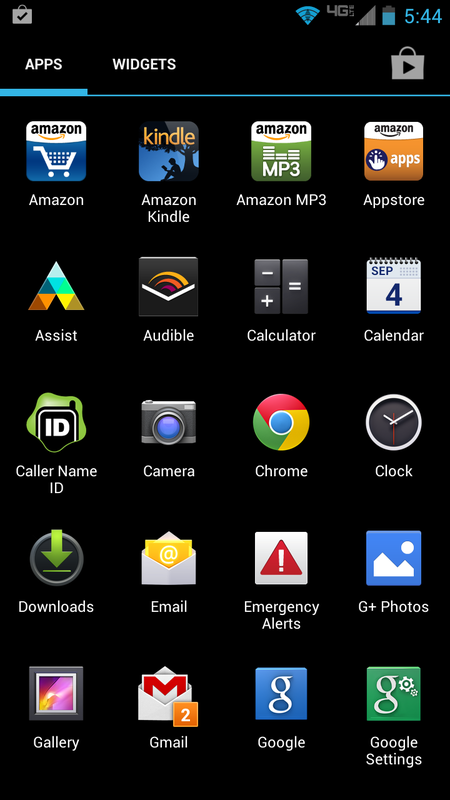
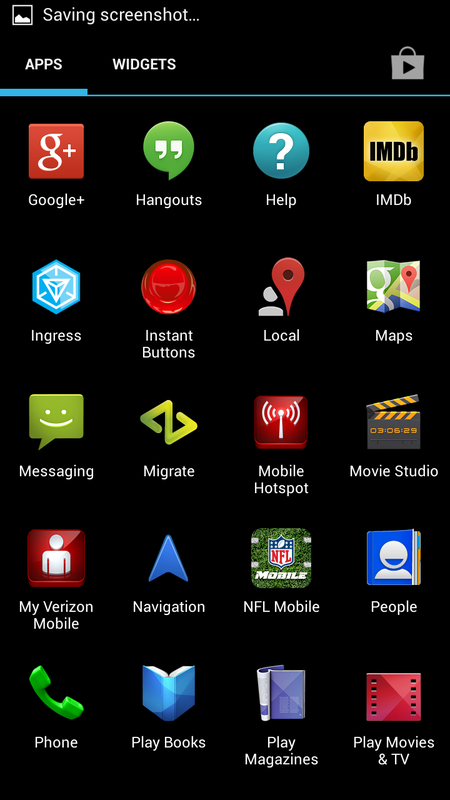
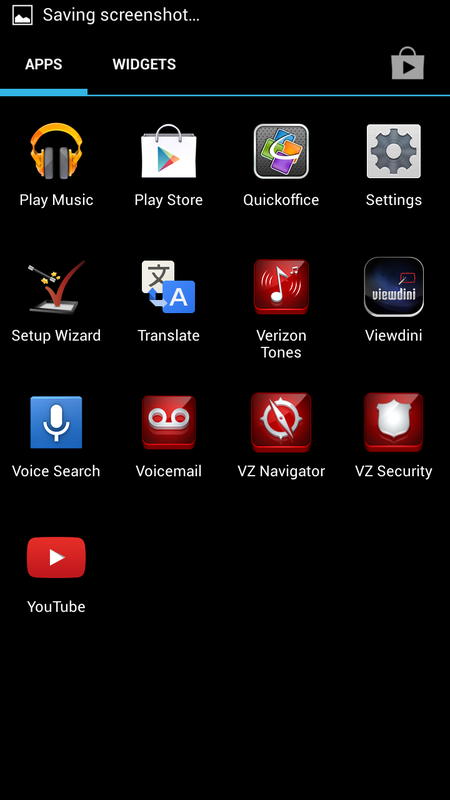
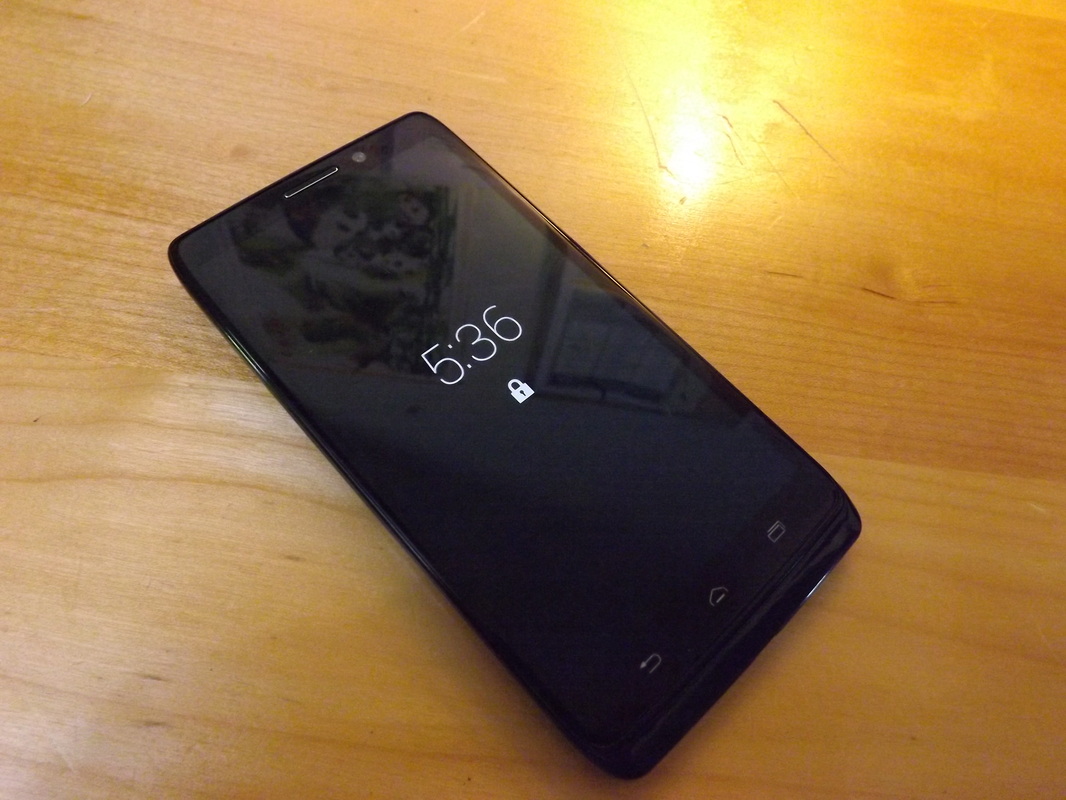
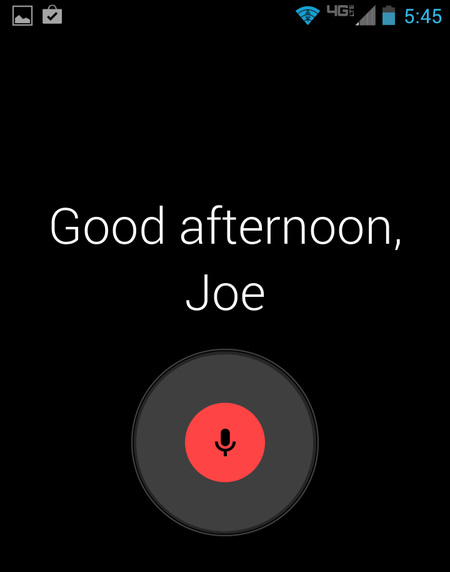
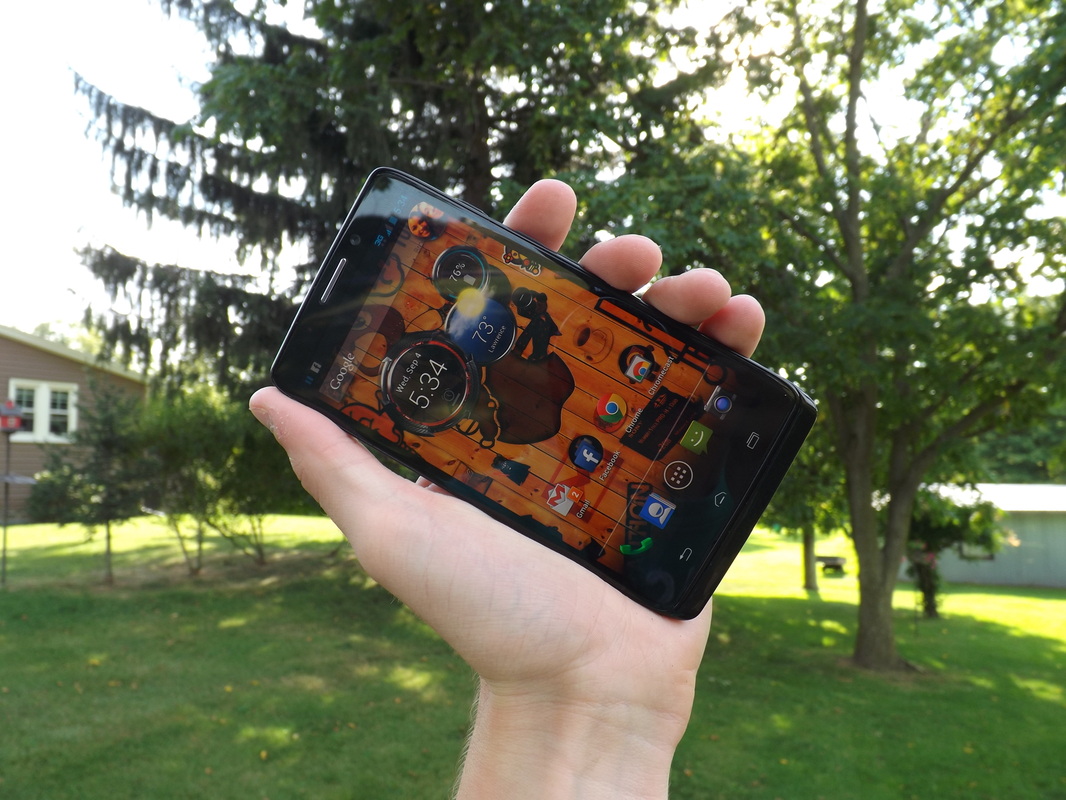
 RSS Feed
RSS Feed